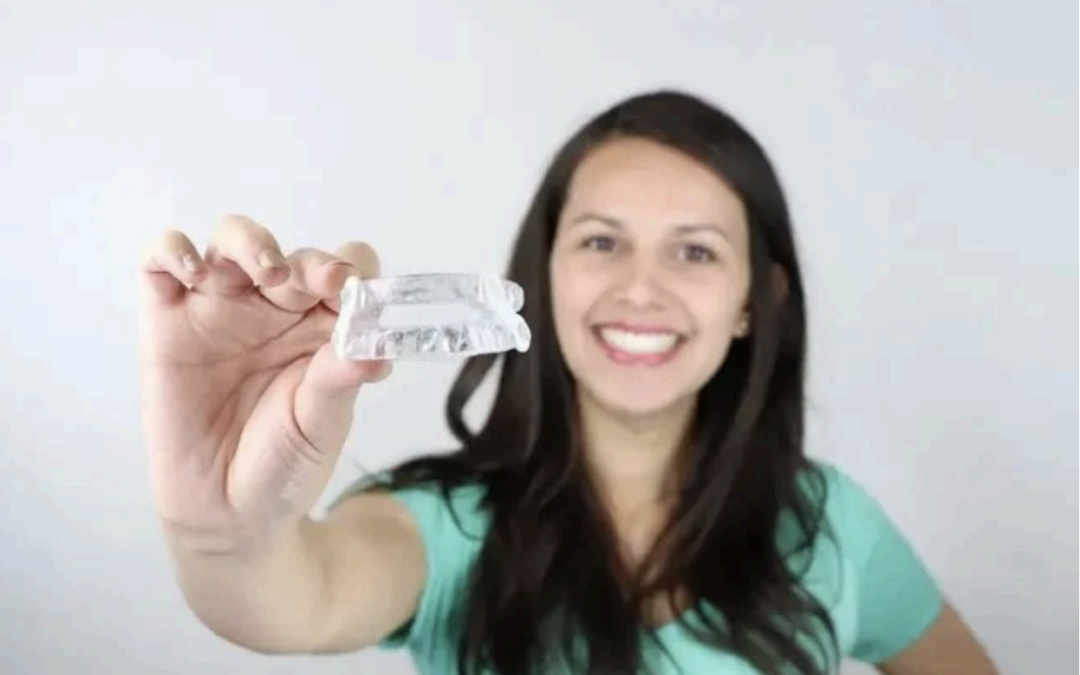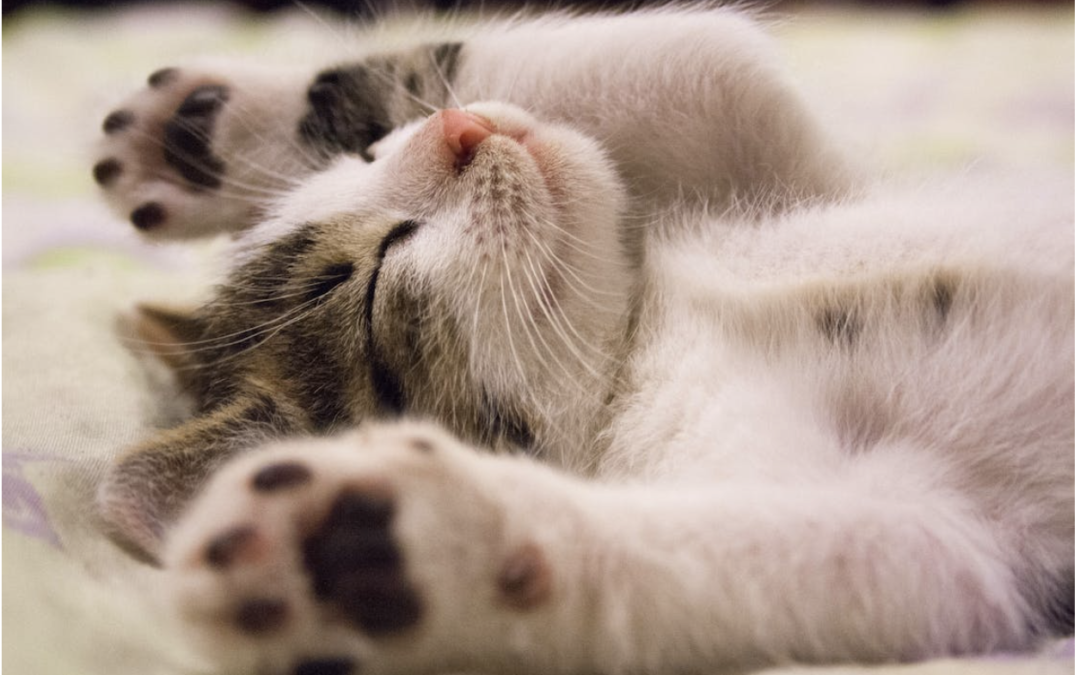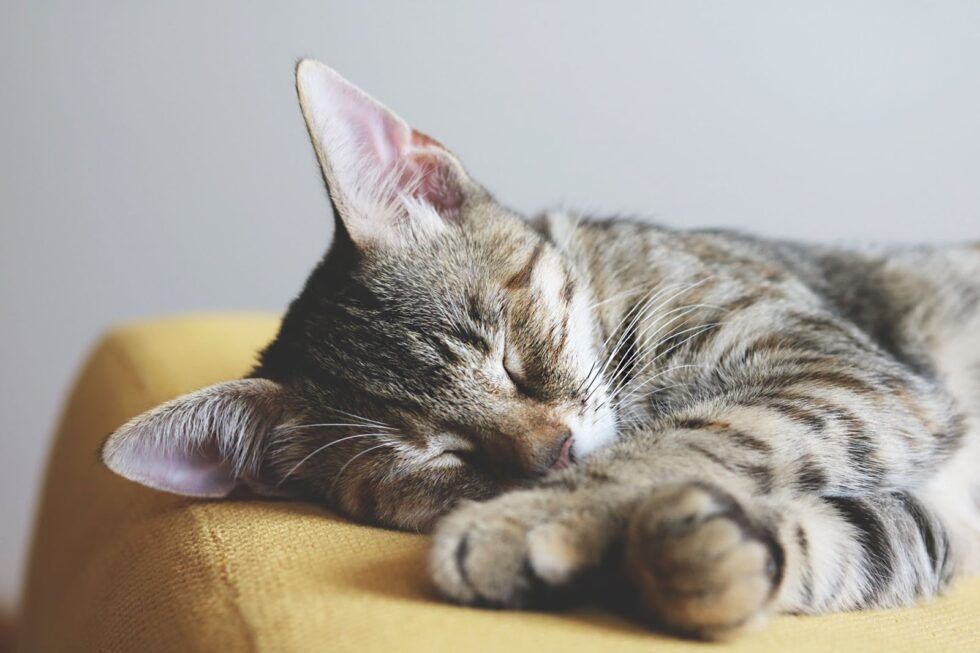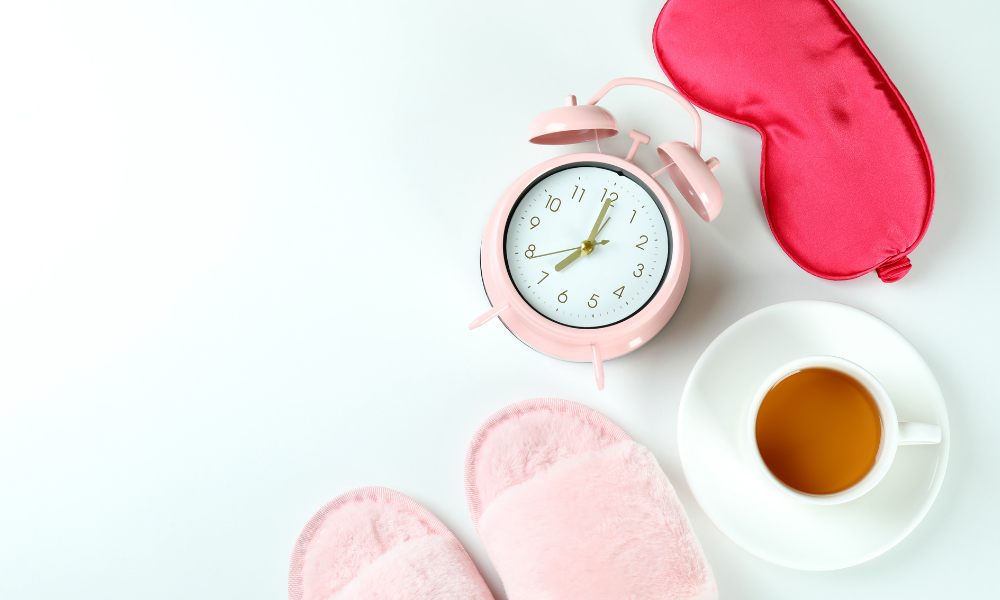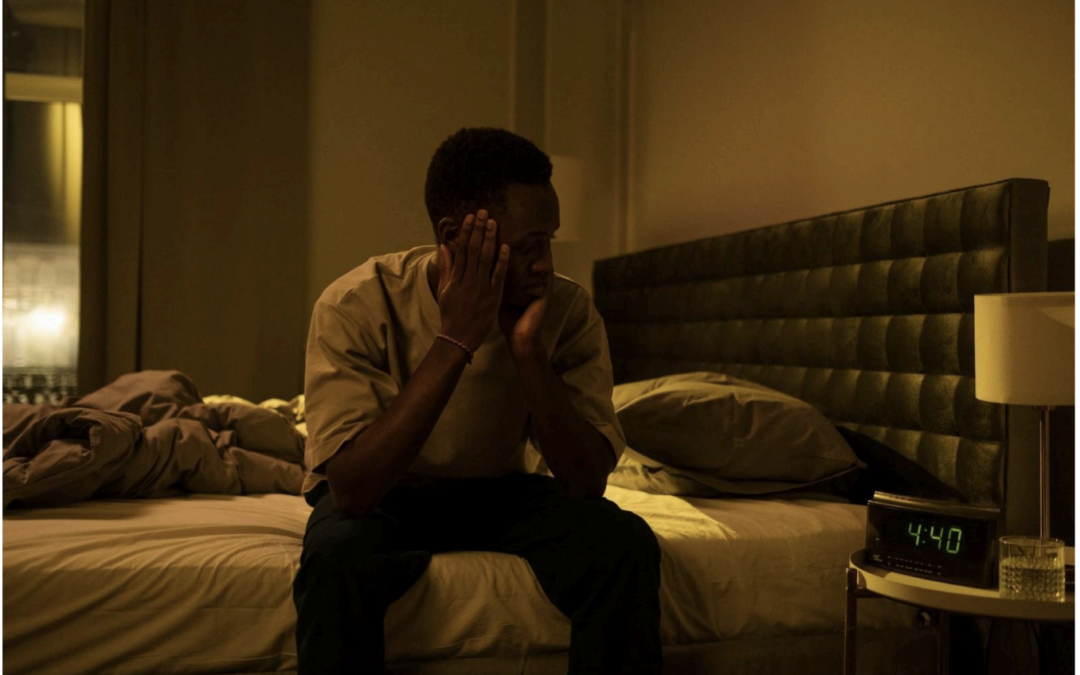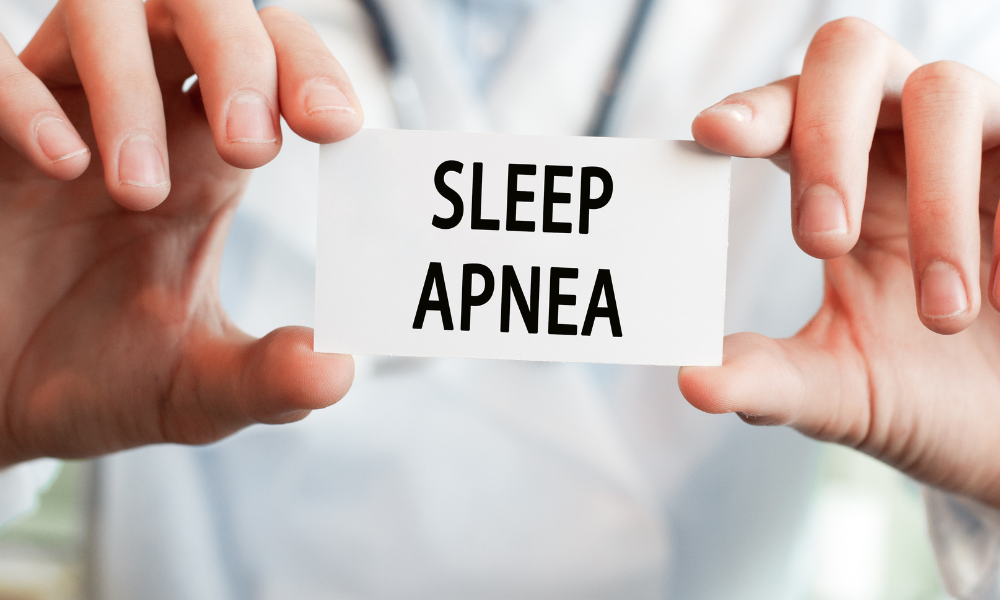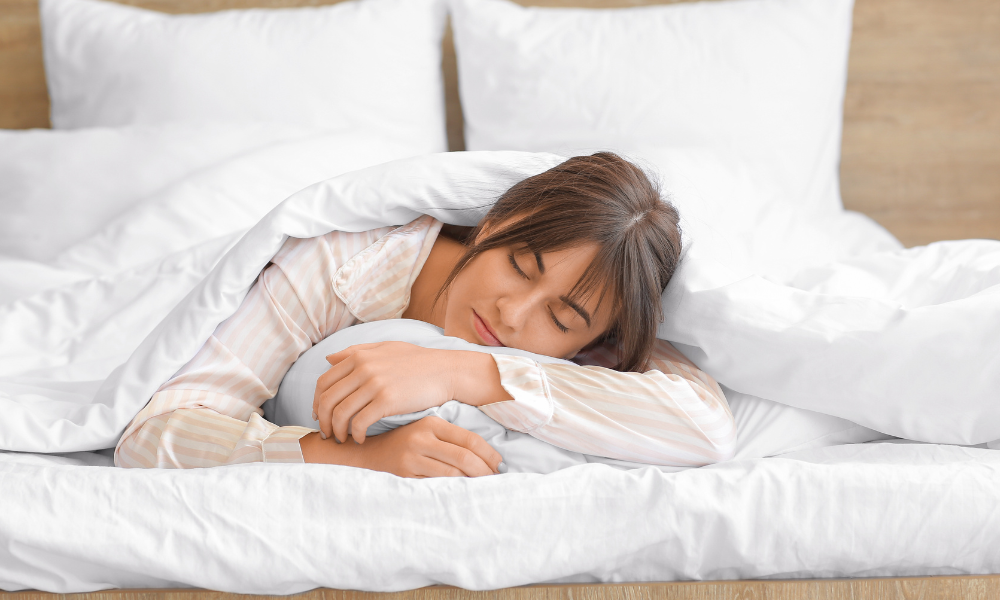
PHONE: 617-328-4050
EMAIL: info@greatsleepdental.com
Managing Common Side Effects of Oral Appliance Therapy
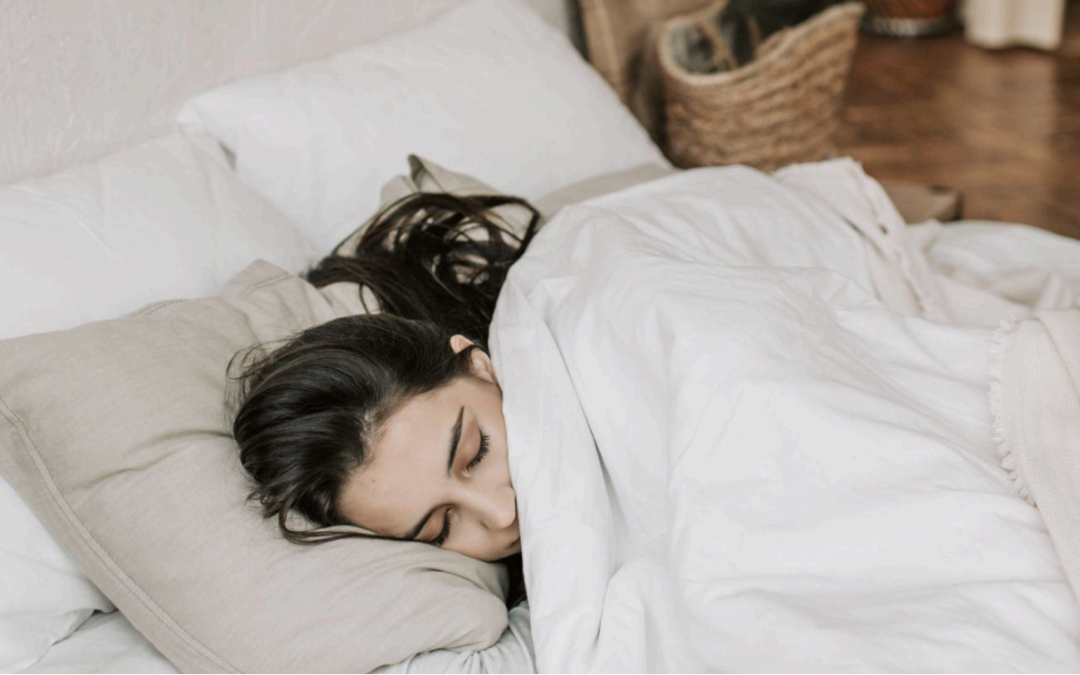
An Oral Appliances Therapy (OAT) is used commonly for treating mild to moderate obstructive sleep apnea (OSA), as well as severe OSA when CPAP cannot be tolerated. It is a well-tolerated and minimally invasive therapy and a great option to treat sleep disordered breathing. The treatment essentially consists of gently holding the jaw forward while you sleep. It is a non pharmacological and nonsurgical option that is easy to use and transport.
But as with any treatment or intervention, there are some potential mild side effects to be aware of. Here are the most common side effects that we see after making hundreds of appliances, as well as some easy solutions.
General feeling of discomfort in teeth and mouth
Solution – Patience, practice, routine of use
Wearing something on your teeth or in your mouth can be a big change and can take some getting used to. Much like getting used to new contact lenses or new shoes, there is a “break in period” or a learning curve. Wearing a new appliance may cause a sensation in your teeth similar to wearing Invisalign trays, and this sensation usually goes away after 1-2 weeks of normal use. The wonderful thing is we are adaptable and we can get used to new things. Wearing the device for short periods during the daytime can help to accommodate new appliances. Usually, it takes a couple of weeks for the device to feel “normal,” but some people find they can sleep with it from the very first day.
Pain in Jaw and discomfort
Solution – Device design, gradual adjustment, and morning repositioning exercises
If you work with us to manage your OSA, you’ll find we put a lot of energy into minimizing these side effects with our device design selection and adjustment protocol. Also, consistently doing the recommended morning routine, including morning exercises, will help to reposition the jaw and reduce the change of ongoing discomfort. If you do experience discomfort, it typically is mild and will go away within 1-2 weeks. To ease the discomfort of the jaw, incremental changes to the appliance can be made to help the jaw adapt gradually. Some heat, massage, or over the counter pain relief medication can also be used for comfort.
Excessive salivation and dry mouth
Solution – Hydration
Experiencing excessive salivation with a new oral appliance is normal and improves over time. If experiencing dry mouth, staying hydrated and using a humidifier in the bedroom can also help. Gum or xylitol lozenges can be used to increase salivation. To reduce any discomfort brought on by excessive saliva or dry mouth, practice adequate oral hygiene.
Changes in bite
Solution – Morning repositioning exercises and regular check-ups
When someone consistently wears an oral appliance for sleep apnea, there is potential for bite changes to occur. However, these bite changes are usually minimal and may not be noticeable to you or your dentist. Did you know that CPAP can cause jaw and bite changes too? The same
morning exercises and routine that are recommended to decrease daily discomfort also can reduce the chance of bite changes. Regularly checking up with your sleep dentist and general dentist can help identify if there are changes in bite or alignment of teeth. If bite changes are occurring, the sooner they are addressed, the more likely they will be to go back to normal. Keeping in touch with your sleep dentist is essential so adjustments can be to the appliance to reduce the chance of bite change. With every one of our patients, we go through detailed instructions with each patient to minimize the chance of bite changes.
Changes in tongue posture
Solution – Adaptation, myofunctional therapy
Wearing an oral appliance can modify the usual posture of the tongue. But, did you know that the habitual posture of your tongue may not be the best posture? When not in use for speaking and swallowing, the tongue should always rest on the palate with the lips closed. This is a natural positon to promote nasal breathing, which is better for your health and helps the oral appliance to work better. If you find that your tongue is not placed here naturally, you may benefit from an assessment with a myofunctional therapist. Myofunctional therapy helps to train the tongue and oral muscles for optimization, and research has shown this can reduce severity of OSA and snoring in some cases! Please reach out to us if you are interested in a referral to one of our amazing myofunctional therapy colleagues.
Appliance Breakage
Solution – Regular check up and maintenance
Although the materials used to make oral appliances are robust and safe to use, there is a chance that they may break from time to time. While the device is covered under the lab warranty, we can fix any damage to it. A regular maintenance, cleaning, and storing routine will also decrease the chance of damage to the device.
Most potential issues with the oral appliance can be resolved with patience, practice, routine of use, and staying connected with your dentist. At Great Sleep Dental, we have focused our practice on Oral Appliance Therapy. Together, our team has over 30 years of experience in this treatment! We look forward to working with you to give you the best chance of success in breathing and sleeping better. Please give us a call at (617)328-4050 or email us at
info@greatsleepdental.com
to schedule a consultation!

